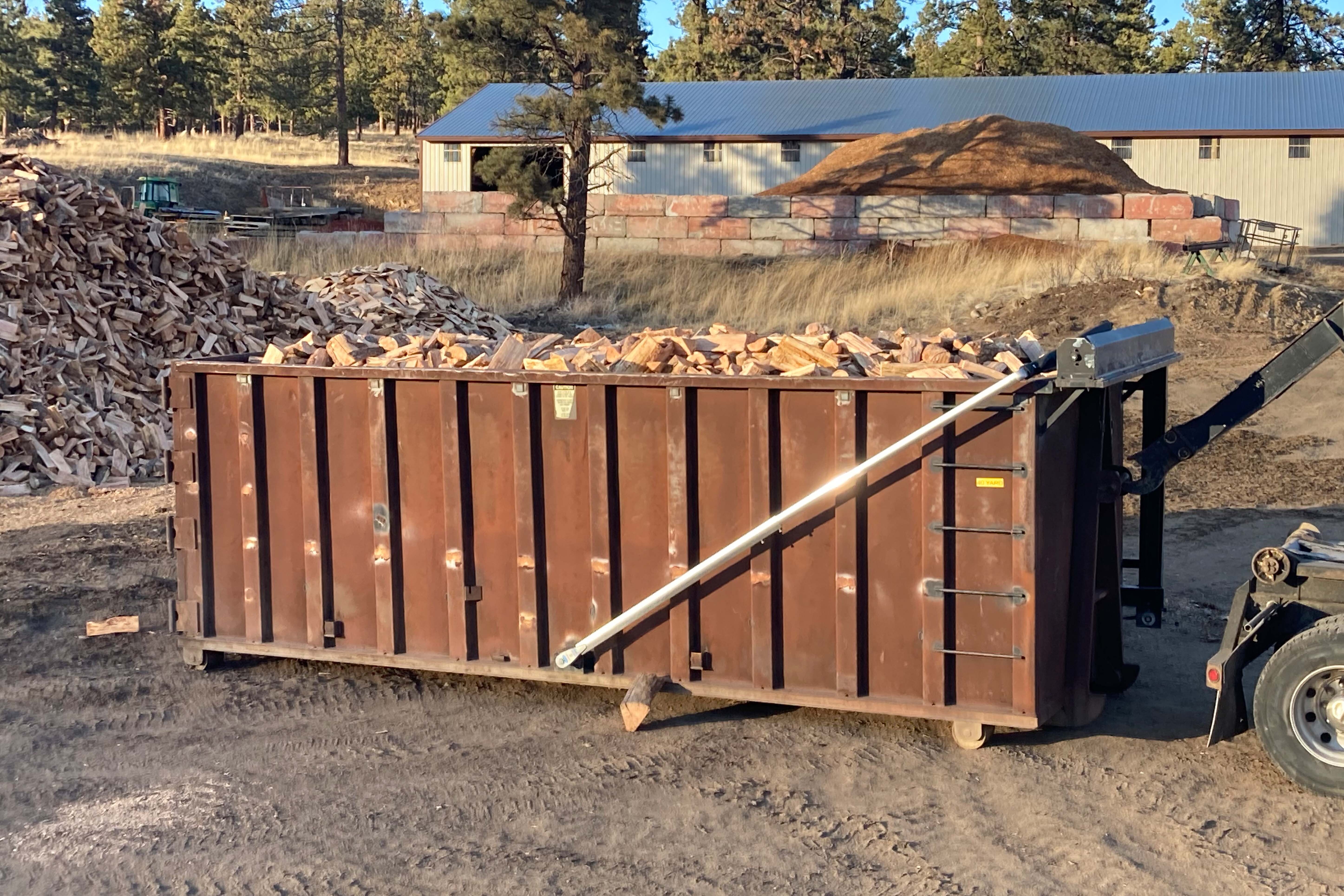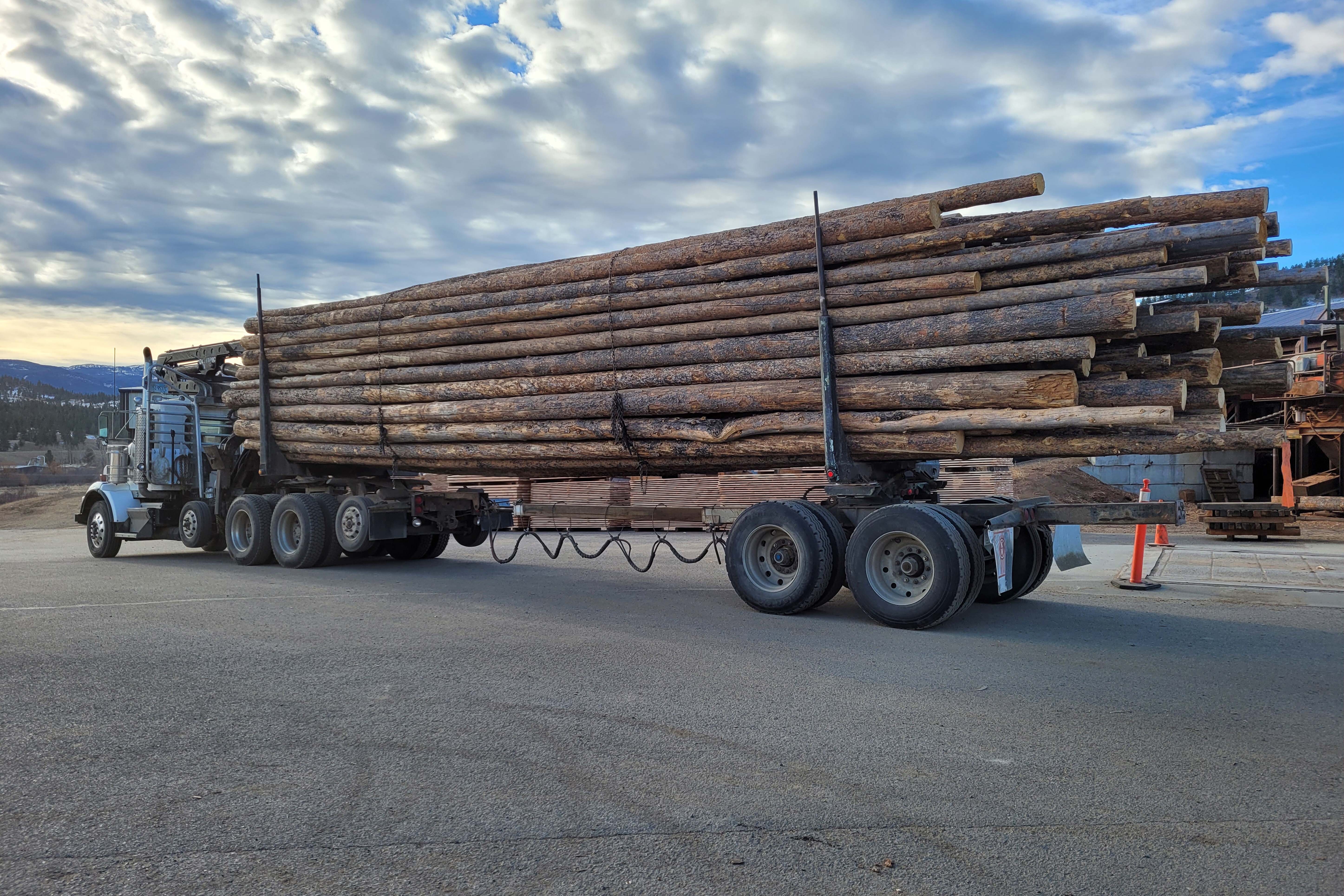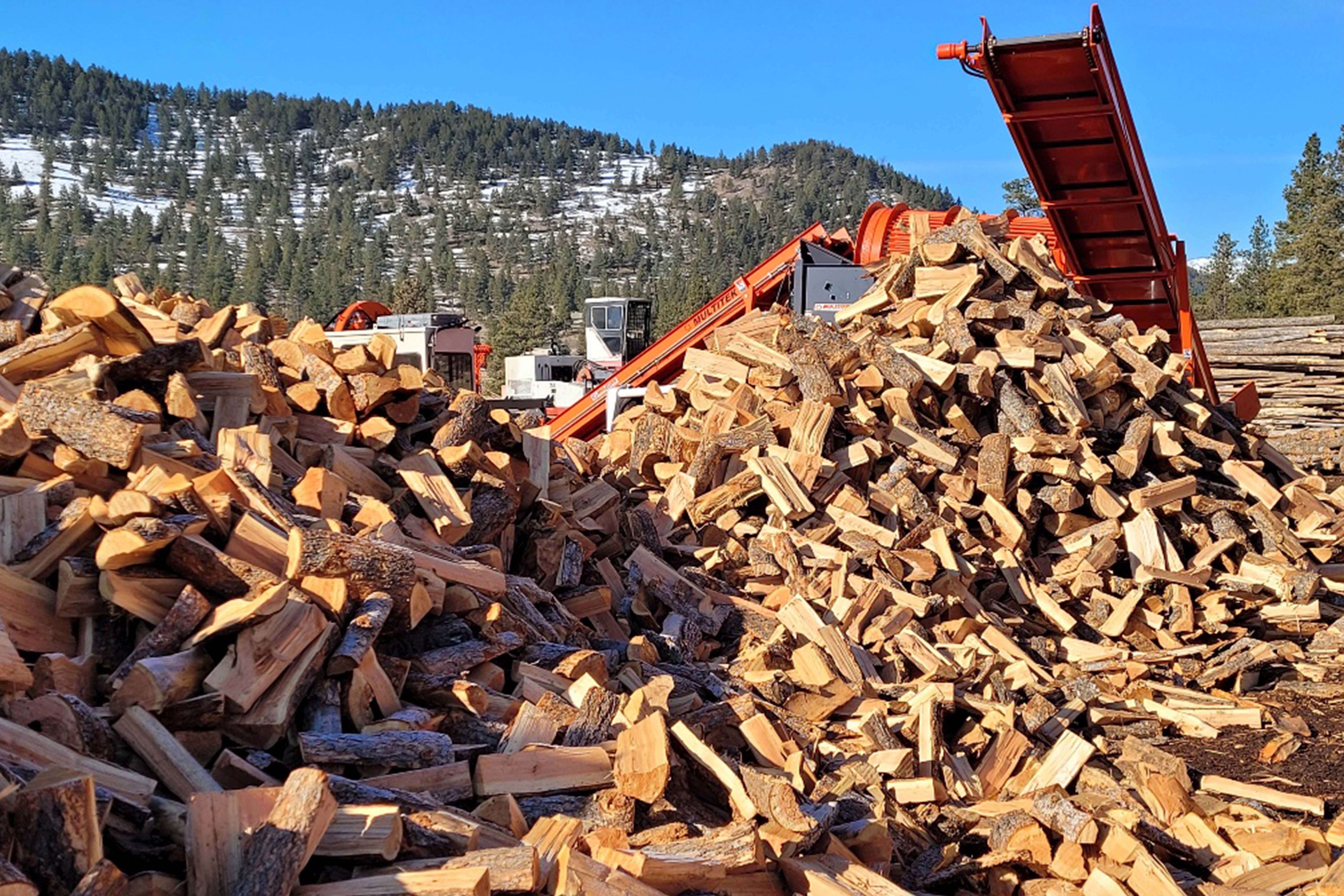
There’s nothing more comforting than the warmth and scent of a wood-burning fireplace or stove in the wintertime. Using wood as your home’s heat source not only offers next-level comfort, but since wood is a renewable resource, it is also a sustainable way to heat your home. However, despite its points for comfort and sustainability, fire is inherently dangerous, and there are some precautions you should take to enjoy your fireplace safely. Here are a few key tips to keep in mind for burning firewood in your home.
Choose the Right Wood
Many safe wood-burning practices depend on selecting the right wood. Look for these qualities when selecting the type of wood for your fireplace or stove.

Dry is Better
No matter what environment you’re burning firewood in, it’s always best to use wood that’s been properly dried and seasoned. Before wood is properly dried, it can contain up to 90 percent moisture, and moisture can create problems igniting the wood and cause the wood to produce more soot-rich smoke. This can result in more creosote build-up in your fireplace, which can become hazardous and cause negative health impacts. Dry firewood burns much more efficiently and keeps your fireplace clean.
Choose Local
A much broader safety issue that you may not consider is invasive species. Firewood brought into your home from outside your specific geographic area can also bring with it tree diseases and new species of insects and pests to your neighborhood. Fortunately, in Montana, it’s easy to pick up local firewood from a sawmill like Marks Lumber or have it delivered to you locally.

Choose Efficient Wood
While oak might be the top choice for a long, slow burn, it’s not common here in Montana. Pine and fir are the most common types of wood in the state, and Douglas fir is the most popular softwood to burn in homes. It tends to be denser than other softwoods, allowing it to burn slower and put off more heat over a longer period of time. It also emits a minimal amount of sparks, reducing the risk of burns and other fire incidents.
Keep Your Fireplace Clean
Regardless of the type of wood you’re using in your fireplace or stove, routine cleanings will be required, and it’s one of the most important things you can do to reduce the chance of fire-related incidents. Creosote build-up in your chimney may be made worse depending on the type of wood you burn, but it’s always a hazard that needs to be addressed. We recommend a thorough cleaning of your fireplace at least once a year. Most people hire a chimney sweep to remove the creosote and soot, but you can do it on your own if you have the right tools and take the proper safety precautions.
Regular maintenance will improve the safety and efficiency of your fireplace as well. Regularly sweep out your fireplace of excess ashes, leaving an inch at the bottom of the fireplace to help you ignite the next fire. Just make sure that the ashes are cold before you sweep them – some coals can stay hot for up to three days. Using a chimney cap is also a great way to keep out debris and nesting animals, resulting in a cleaner fireplace.

Avoid Chemicals
When building a fire in your home, don’t use chemicals like lighter fluid or wood, or plastic that’s been treated with chemicals. While the fire may ignite faster, it can create some serious safety issues. Instead, use natural dry wood that’s great for kindling, like thinner pieces of pine or cedar.
At Marks Lumber, we’re happy to offer our local community split, dry Douglas fir firewood as part of our efforts to use the whole log and prevent harvested trees from going to waste. However, we want you to warm your home safely this winter, so check out the Environmental Protection Agency’s page on fireplace safety for more information and tips on how to burn safely this season!
